Jupiter was closest to Earth – at perigee – on November 1-2, 2023. It was one day before Earth flies between the sun and Jupiter – bringing Jupiter to its yearly opposition – on November 2-3.
Jupiter in 2023: Maybe you’ve noticed Jupiter. It’s been the very bright object ascending in the east earlier each evening. Indeed, it’s brighter than all the stars!
Jupiter will reach opposition on the night of November 2-3 (5 UTC or 12 a.m. CDT on November 3). That’s when Jupiter will be most opposite the sun in our sky. At midnight your local time as seen from around the globe, Jupiter will be shining at its highest in the sky, more or less where the sun was at your local noon. At that time, the sun will be below your feet. It’ll all happen as Earth flies between the sun and Jupiter.
Jupiter is precisely closest to Earth at 21 UTC (4 p.m. CDT) on November 1-2. At that time, its distance will be 370 million miles/ 595 million km/ 33.11 light-minutes from Earth.
Opposition constellation: Aries the Ram.
Brightness at opposition: Magnitude -2.9. Jupiter will shine as the 4th-brightest object in the sky, after the sun, the moon and the planet Venus. It’ll be the brightest starlike object visible for most of the night (until Venus rises before dawn).
Size at opposition (as seen through a telescope): 49.45 arcseconds across.
Through binoculars (anytime): Jupiter reveals a bright disk. If you look closely, you’ll see several of its four Galilean moons appearing as pinpoints of light, arrayed in a line that bisects the giant planet.
The 2024 lunar calendars are here! Best Christmas gifts in the universe! Check ’em out here.
Read: Why is Jupiter closest to Earth 1 day before opposition?

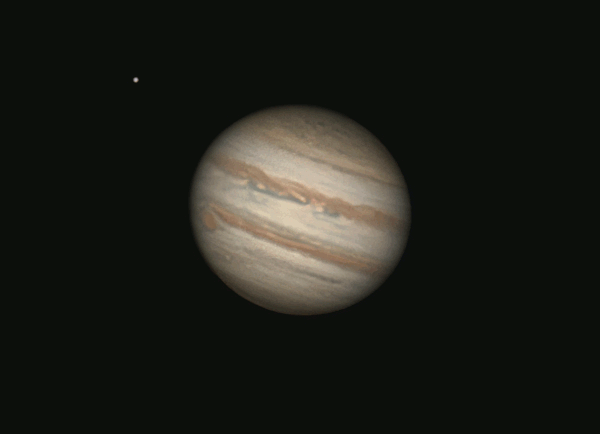
How often does Jupiter reach opposition?
Jupiter takes 12 earthly years to orbit the sun once. So, Jupiter comes to opposition roughly every 13 months. By the same token, that’s how long Earth takes to travel once around the sun relative to Jupiter. So – according to our earthly calendars – Jupiter’s opposition comes about a month later each year. Also, add to that the fact that there are 12 constellations of the zodiac. And there are 12 months in a year. So Jupiter is, in fact, in a new zodiacal constellation at each year’s opposition (last year, Pisces; this year, Aries).
2023 Jupiter opposition – November 3
2024 Jupiter opposition – December 7
2026 Jupiter opposition – January 10
2027 Jupiter opposition – February 10
Jupiter events in 2023
January 20, 2023: Jupiter was at perihelion or closest point to the sun.
April 11, 2023: Jupiter was at solar conjunction, or behind the sun as seen from Earth.
September 4, 2023: Jupiter began retrograde motion, or westward motion on the sky’s dome, a sign that opposition was just ahead.
November 1-2, 2023: Jupiter at perigee, or closest to Earth for 2023.
November 2-3, 2023: Jupiter at opposition, or opposite the sun as seen from Earth.
December 30, 2023: Jupiter will end retrograde motion, a sign that the best time of year to observe Jupiter is ending. However, the planet will remain somewhere in our night sky for many more months, and in fact is visible somewhere in our night sky for most of every year.

View from above the solar system, November 2023
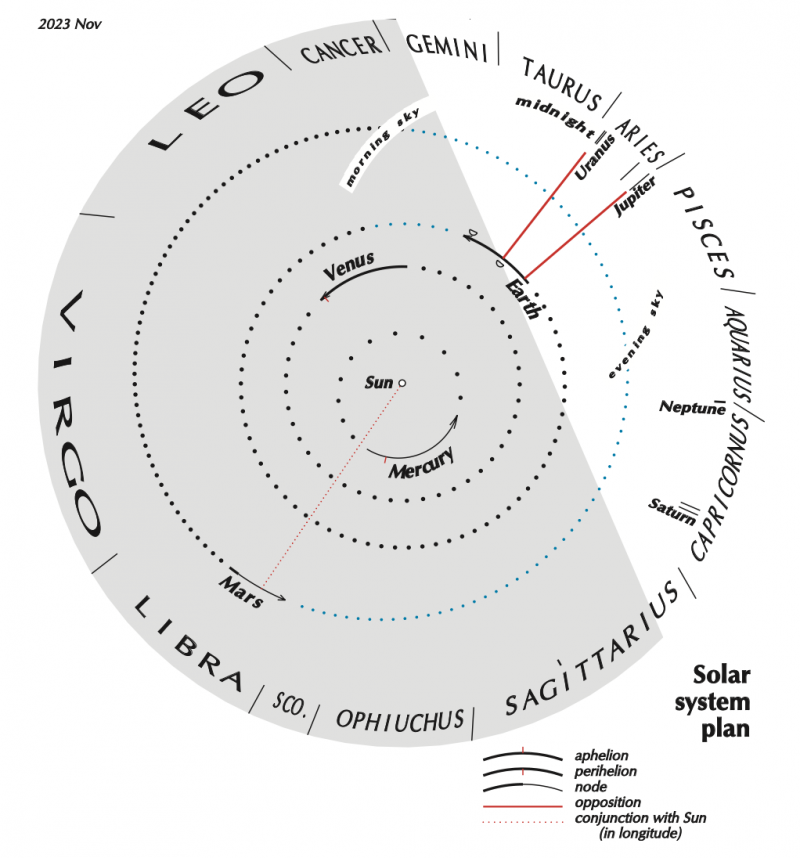
A failed star
Perhaps you know that Jupiter isn’t a rocky planet like Earth. In fact, it’s more like a failed star, not massive enough or hot enough inside to spark thermonuclear fusion reactions, but some 2 1/2 times more massive than all the other planets in our solar system combined. Jupiter is big! But, without that thermonuclear reaction it can’t shine as stars do.
Overall, you’d need some 80 Jupiters – rolled into a ball – to be hot enough inside to spark fusion. So, Jupiter isn’t a star. That is, it doesn’t shine with its own light, but instead by reflected sunlight.
Yet in late October and early November 2023 – as bright Jupiter rises in the east more or less opposite the sunset – you can stand on Earth all night and peer toward bright Jupiter in our sky. And indeed, you can imagine that, if the giant planet did have enough mass to shine as stars do, then around Jupiter’s opposition, we’d have no night at all. Instead, Jupiter would shine as a 2nd sun, all night long.
Read more: How to see Jupiter’s moons
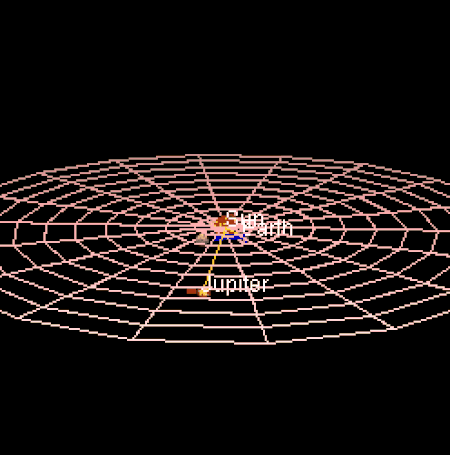
For precise sun and Jupiter rising times at your location:
Old Farmer’s Almanac (U.S. and Canada)
timeanddate.com (worldwide)
Stellarium (online planetarium program)
In-the-sky information and finder chart for your location
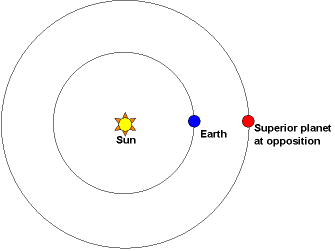
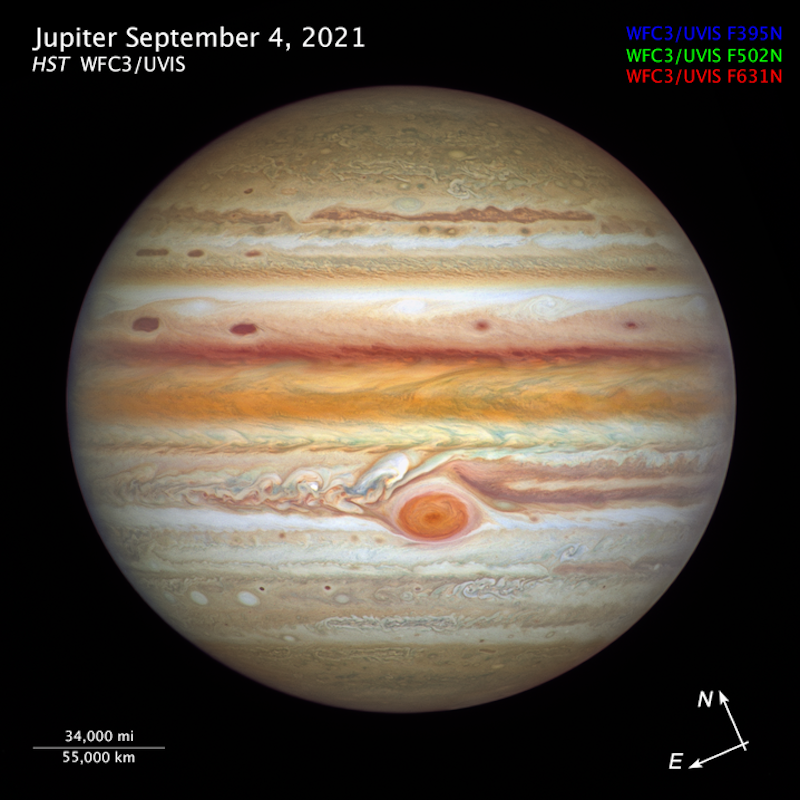
EarthSky Community Photos
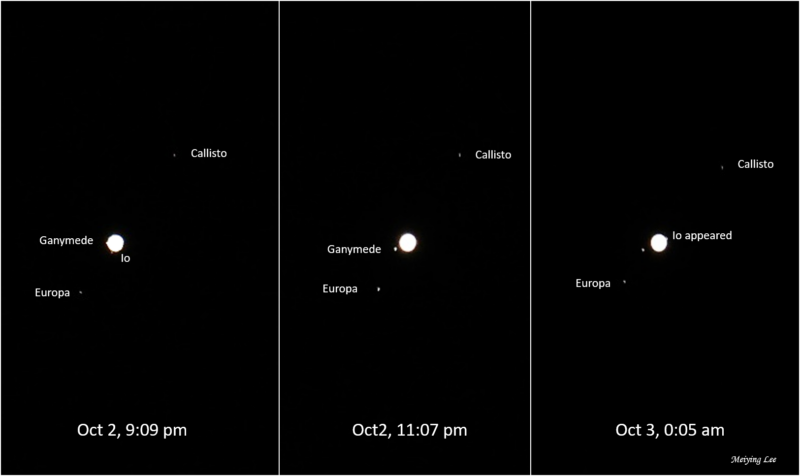
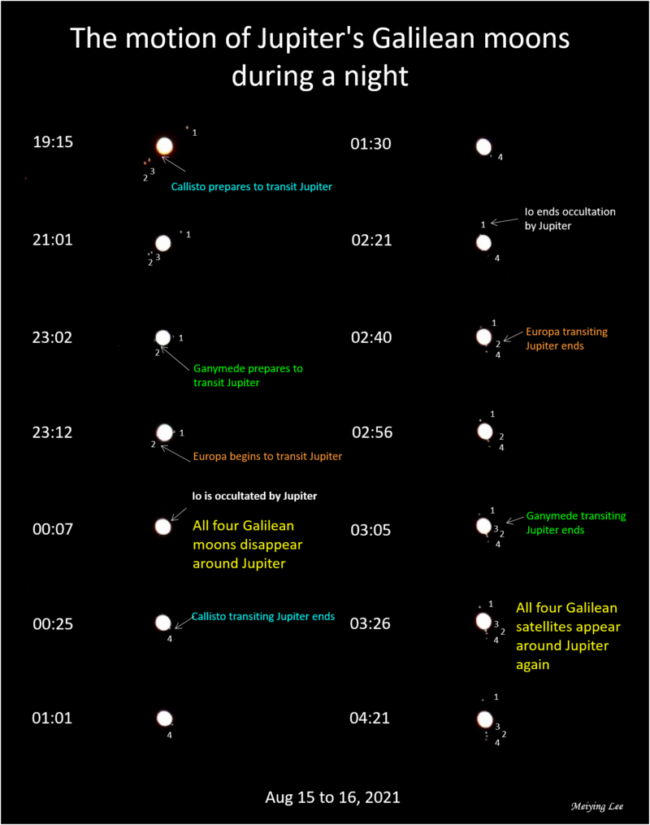
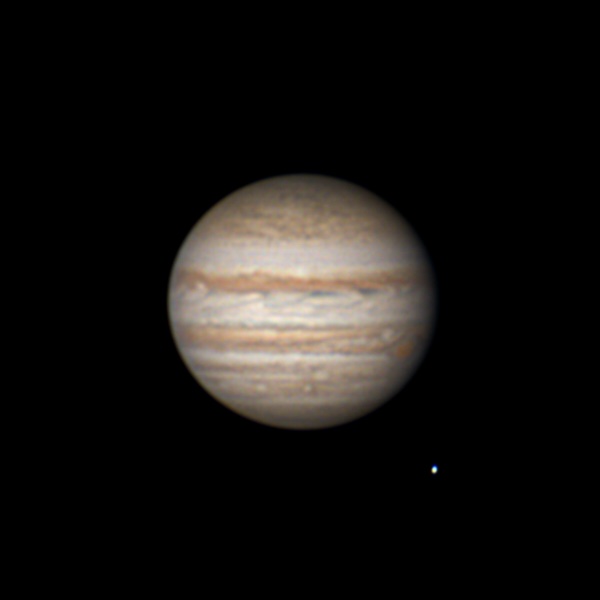
Bottom line: Giant Jupiter is closest to Earth for 2023 on November 1-2. Then Earth will fly between the sun and Jupiter – bringing Jupiter to opposition – on November 2-3.











